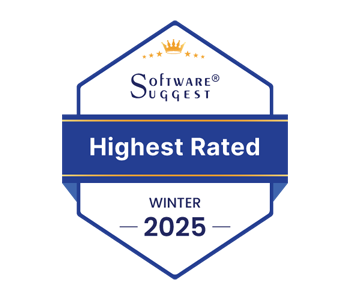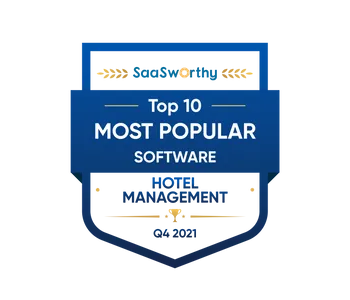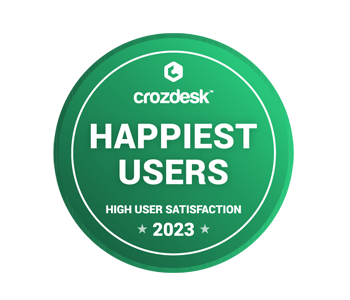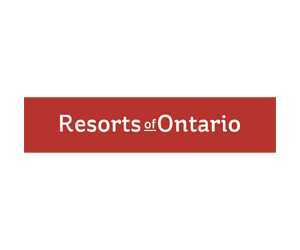American consumers spend an average of five hours a day on their smartphone. These powerful devices provide us with constant connection and instant access to the entirety of human knowledge. So, it’s no surprise that the prominent role they now play has fundamentally changed the way we relate to the world around us. And that includes how we interact with brands. Gone are the days of traditional advertising and a linear customer journey. We’re playing in a new arena. So, what should you be doing to keep your marketing game strong? Google says: focus on micro-moments.
What are micro-moments?
With infinite information at our fingertips, consumers have become accustomed to finding answers and taking action the moment the need strikes. A quick internet search can find nearby restaurants, research a destination or book a hotel. These intent-rich moments are what Google refers to as micro-moments. Our lives are full of them. Moments when we want to know something, moments when we want to do something and moments when we want to buy something. They’re frequent, they’re specific, and we’ve grown accustomed to them yielding high-quality results in a short amount of time.
What does this mean for hoteliers?
The expectation for instant payoff—whether it’s the answer to a burning question or making a purchase—and the fact that people are inundated with information and advertisement all day long, means marketers need to make sure their content is both concise and valuable. You need to provide the right information at the right time, so the customer gets something out of engaging with your brand.
Capitalizing on micro-moments
Google identifies four types of micro-moments specific to the hospitality industry. To market your property effectively, you should think about how you’re catering to the following:
“I want to get away” moments >> These are the moments a browser begins to think about a vacation. At this point, they are unattached to accommodation or even destination. It’s the perfect time to make an impression and leave them dreaming about a stay at your property. To capitalize on these micro-moments, create content that inspires (think #travelinspo-worthy visual content) and informs. Photos and online videos are critical to travelers choosing where to go, and 67% of browsers are more likely to book with a property that’s provided useful information abut a destination.
“Time to make a plan” moments >> The destination has now been chosen, which means the next micro-moments for the browser are all about plan-making. Getting noticed at this stage in a buyer’s journey is about showing up on the appropriate internet searches. This means doing what you can to optimize placement for searches like “hotels in [destination],” “hotels with [amenity],” and so on. In these moments you should also be providing specific information about your property including pricing and amenities.
“Let’s book it” moments >> It’s finally the moment a browser decides to make a booking. At this stage, a customer has likely settled on a brand but a seamless and credible booking experience is necessary to ensure customers follow through. Your site should be set up to take mobile bookings with as few steps as possible and provide fast load times. People are quick to switch sites if the booking process is too complicated or too slow.
“Can’t wait to explore” moments >> Don’t ignore the customers that have already booked with you. You can still take advantage of their exploration micro-moments in order to nurture customer loyalty. At this stage, browsers are making decisions about what to do on their trip. Offer useful information about local attractions, activities, and weather leading up to (and during) their stay.
Smartphones have changed the way guests research, plan, and purchase. The buyer’s journey has been fragmented into distinct moments of specific intent. Start catering to these micro-moments by being available and useful at every stage.




























